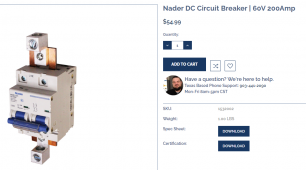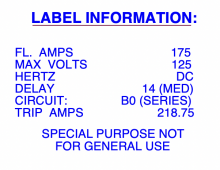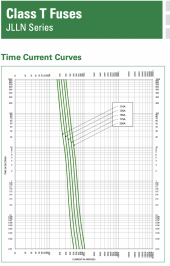I recently posted asking about cheap car fuses vs. class t fuses for my 48v 30kwh battery bank.
I now understand why you want a high quality fuse. I also came across this DC CB. The CB cost will be less than the fuse / fuse block costs and it's resettable.
Any reason to not go with the CB ? Thanks for any advise.

I now understand why you want a high quality fuse. I also came across this DC CB. The CB cost will be less than the fuse / fuse block costs and it's resettable.
Any reason to not go with the CB ? Thanks for any advise.








